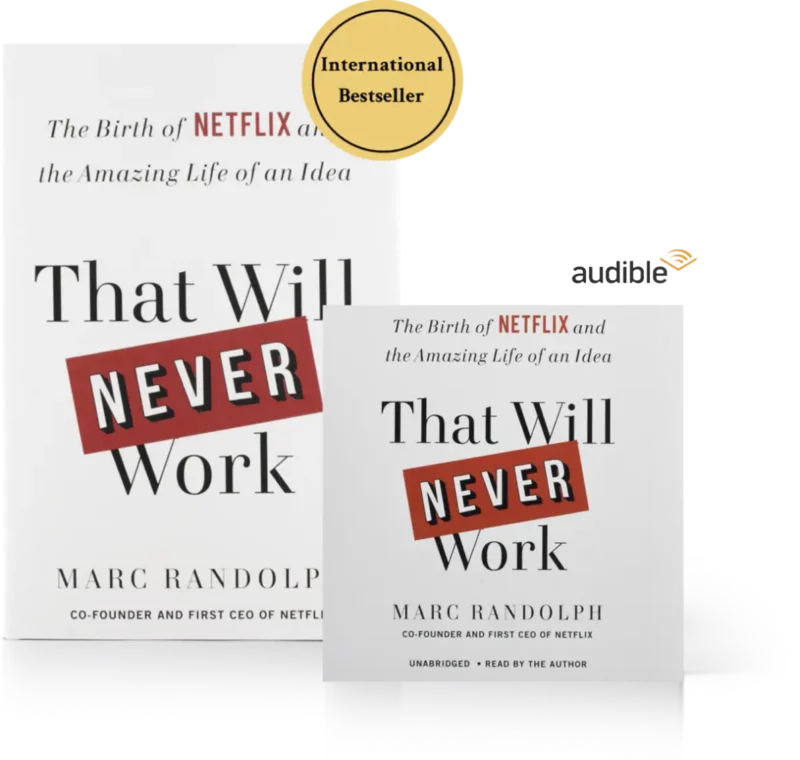Eastern vs. Western Thinking
If your agreements are getting too complicated, try approaching them from another direction.

I call them Kama Sutra contracts.
You may have seen one. They are those excruciatingly detailed legal agreements that accompany most venture financing deals.
I call them Kama Sutra contracts because if you look closely, you’ll see that these contracts are just detailed lists of all the ways the venture firm has been screwed before and every possible way they might get screwed in the future.
In the startup world, there are thousands of ways for a company to unravel. It’s impossible for a VC to anticipate all the possible ways this might impact their investment. So it’s somewhat reasonable for a VC to want to cover all the bases.
They accept that it’s OK to make a mistake. They just don’t want to make the same mistake twice.
So if some unanticipated outcomes cause a VC to lose its investment in one deal, they are going to cover themselves by including anticipatory language in every other contract they do. Do that enough times, for enough years, and you can understand why the contracts are as long and dense as they are.
But I see this approach used way too often in other areas.
Join a discord community these days and check out the “rules.” They go on for pages as the community tries to define every possible example of what constitutes bad behavior.
Corporations fall into this trap as well. Look at their vacation policies, their expense policies, and their travel policies. They try to cover every possible contingency – with the result that a set of policies meant to provide guidance as to what’s permissible, ends up creating a document so dense and convoluted that nobody reads it at all.
All three of these examples are symptoms of the same disease. They are all trying to define something by it’s boundaries.
In boundary thinking, something is either in, or something is out. It’s good or it’s bad. It’s legal or it’s illegal. It’s a very Western way of thinking.
In this Western way, there is a bright line delineating right and wrong. You can get as close to the line as you want and still be OK, but as soon as you cross the line you are Not OK. This requires very specific rules about where that line is and what constitutes crossing it.
Although this is clear, it’s time-consuming, complicated, and inherently distrustful.
Instead, I’ve always aimed for an Eastern style, in which behavior is judged by it’s relative distance from a defined center, rather than by the crossing of some arbitrary boundary.
Let me give you a great example of how this Eastern and Western way of thinking can lead to totally different interpretations of the same incident.
In 2001, a US spy plane conducting surveillance in the South China Sea, collided with a Chinese interceptor plane and was forced to make an emergency landing on Chinese-held Hainan Island. China was indignant and refused to return the plane or its crew to the US.
The US was outraged. Yes, they had been spying. That was obvious. But at the time of the collision, the US jet was well outside the 12-mile line delineating international airspace. The US was adamant it had done nothing wrong.
The Chinese position was that the 12-mile line was not the point. The US plane was clearly spying, everyone knew it, and all the line provided was some guidance as to how bad it was. 50 miles outside the line, not bad at all. 50 miles inside the line, pretty egregious. Everything in between was just matters of degree.
It was a case of intention conflicting with rules.
Especially in a startup environment, where you just don’t have the resources to anticipate every possible outcome, I lean Eastern at every opportunity.
Three examples:
Last year, we were debating the rules for the Neverland entrepreneurial Discord. “This is an invitation only community” I reminded people. “Do we really need to lay out what the boundaries of good behavior looks like?” As a result, our “rules” are basically what we consider to be the center of what we are looking for: “be thoughtful, be helpful, be inclusive”.
Years ago, at Netflix, we made a conscious decision to build a culture for people with good judgement, rather than put in place a set of boundaries designed us to protect us from people with bad judgement. We slowly but surely began dismantling all of our policies for vacation, for travel and for expenses, and replaced them with a single objective for behavior: “spend the company’s money as if it were your own, and use your best judgement.”
Closer to home, I started my relationship with the general contractor who built my house with a handshake. Instead of a lengthy highly detailed contract covering every possible contingency (since, who has time for that?) we talked about what I wanted and what level of quality I was looking for. I promised to make sure that the lines of communication were open, and he assured me that he would spend each dollar as if it were his own.
In all three cases, not only did I save time (and money) by not requiring extensive negotiation over the “boundaries,” the real benefit was starting a relationship with trust, rather than suspicion.
As I’ve written before, trust can be a very powerful force. It’s always my go-to, but I’ll acknowledge that it isn’t always possible. We may never get to the point where we see a $100 million series D investment done on a handshake.
But we can always hope.
Don’t miss another word. Sign up here to get these posts in your inbox
RECOMMENDED FOR YOU
My Three Criteria For Success in Early-Stage Companies
Podcast Episode 72
Is it a Culture Problem or a Hiring Problem?
October 25, 2022 • 38 min
